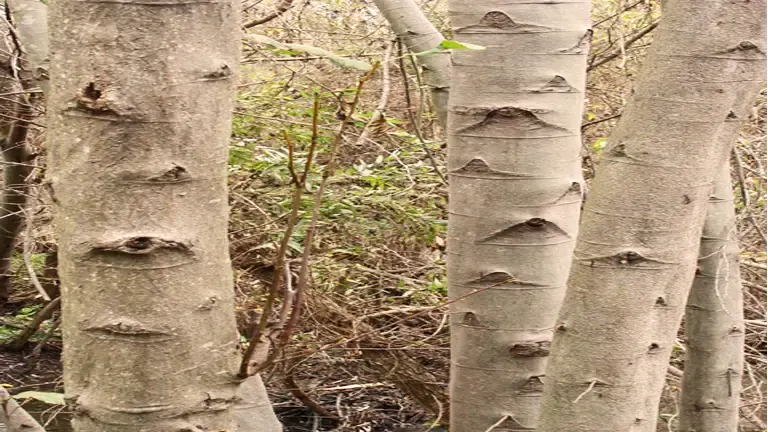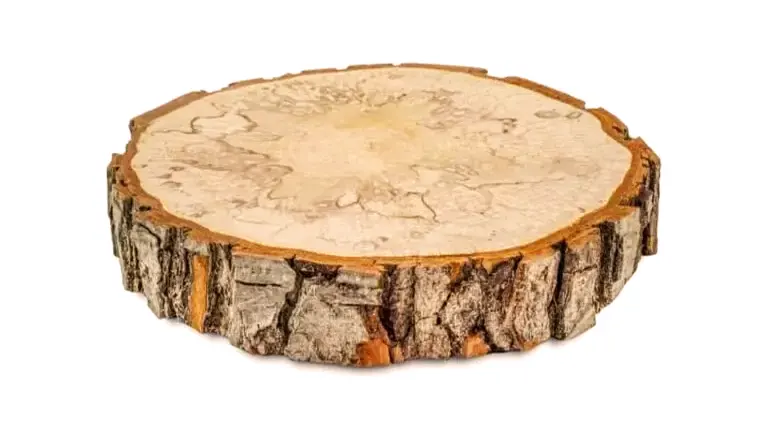White Alder Lumber
- August 8, 2023
- 0 comment
White Alder lumber, scientifically known as Alnus rhombifolia, is a versatile hardwood species indigenous to the western regions of North America. Highly favored for woodworking endeavors, White Alder’s popularity stems from its favorable attributes, such as its relatively lightweight nature and ease of handling during the crafting process. Its exceptional workability, coupled with its moderate strength, grants woodworkers the flexibility to utilize it in a wide array of applications.

The heartwood of White Alder displays a pleasant light brown hue with subtle reddish or pinkish undertones, complemented by its fine and uniform texture. These aesthetic characteristics further contribute to its appeal in various woodworking projects, where both aesthetics and functionality are sought after.
With its easy-to-manage properties, White Alder proves to be an excellent choice for artisans and craftsmen, allowing them to create furniture, cabinetry, and interior millwork with relative ease. Moreover, it finds applications in the production of plywood, veneer, and particleboard, adding value to the woodworking industry. Though White Alder lacks significant resistance to decay, it compensates with its cooperative nature during finishing processes.
| Common Name(s) | White Alder |
|---|---|
| Scientific Name | Alnus rhombifolia |
| Distribution | Western regions of North America |
| Tree Size | 50-80 feet tall, 2-3 feet in diameter |
| Avg. Dried Weight | 28 lbs/ft^3 (450 kg/m^3) |
| Specific Gravity | 0.45 |
| Janka Hardness | 590 lbf (2,620 N) |
| Modulus of Rupture | 9,600 lbf/in^2 (66.2 MPa) |
| Elastic Modulus | 1,080,000 lbf/in^2 (7.45 GPa) |
| Crushing Strength | 5,080 lbf/in^2 (35.0 MPa) |
| Shrinkage | Radial: 3.4%, Tangential: 5.9%, Volumetric: 10.7% |
White Alder Characteristics
Color/Appearance
White Alder exhibits a charming color palette, with its heartwood featuring a delightful light brown hue complemented by subtle reddish or pinkish undertones. The sapwood, while paler, seamlessly blends with the heartwood, creating a harmonious overall appearance. As the wood ages, it may undergo darkening, especially when exposed to light, which adds character and depth to finished projects.


Grain/Texture
Renowned for its clean and uniform appearance, White Alder typically displays a straight and even-grained texture. This feature contributes to its remarkable workability, as the wood cooperates exceptionally well with both hand and machine tools. Woodworkers find joy in working with this species due to its ease of machining, resulting in smooth and refined surfaces in their creations.
Rot Resistance
While White Alder boasts several desirable qualities, it falls short in terms of natural decay resistance. As such, it is vital to apply proper treatment and protection when using this wood for outdoor projects or in environments prone to moisture, as it may be susceptible to fungal attacks and decay without appropriate precautions.
Workability
The softness of White Alder lends itself to effortless workability, making it an ideal choice for woodworking enthusiasts. It is easily managed with hand and power tools, cutting and shaping cleanly without undue effort. Gluing processes are seamless, leading to strong and secure bonds. However, care should be exercised during nailing or screwing, as the wood’s soft nature may cause it to split if not handled carefully.
Odor
White Alder is characterized by its lack of distinct odor, making it an unassuming and neutral option for woodworking projects.
Allergies/Toxicity
White Alder presents no known toxic effects, ensuring that it can be safely handled and utilized in woodworking projects. However, as with any wood, precautions should be taken to manage dust resulting from sanding or machining, to avoid potential respiratory irritations or allergic reactions.
Pricing/Availability
One of the significant advantages of White Alder is its favorable pricing and widespread availability. As compared to other hardwoods, this species is relatively less expensive, making it an attractive option for cost-conscious woodworkers.
Sustainability
Choosing White Alder for woodworking projects aligns with sustainability objectives, as it is considered a relatively sustainable choice. The species is abundant in its native regions of North America, allowing for responsible harvesting practices that help maintain ecological balance.
Common Uses
White Alder’s versatility and attractive appearance have earned it a place in numerous applications within the woodworking industry. It finds common use in crafting furniture, cabinetry, and interior millwork, where its ease of working and fine texture contribute to excellent finished products. Additionally, White Alder is utilized in the production of plywood, veneer, and particleboard, further highlighting its importance and utility in various woodworking projects.


Frequently Asked Questions
- Is White Alder a suitable wood for outdoor projects?
White Alder is not highly durable and is not recommended for outdoor applications without proper treatment or protection from the elements. - Can White Alder be stained or finished easily?
Yes, White Alder takes stain and finish well, which allows for a variety of appearances based on the desired finish. - Is White Alder considered a hardwood or softwood?
White Alder is classified as a hardwood due to its deciduous nature, despite its relatively low density and softness. - Does White Alder have any special woodworking properties?
White Alder is known for being stable and easy to work with, making it a good choice for projects where ease of machining is essential. - Is White Alder resistant to insect attacks?
White Alder is not naturally resistant to insects and may require treatment if used in situations where it is at risk of insect infestation.
We’d greatly appreciate your input! Feel free to share your personal experiences and thoughts about White Alder Lumber in the comments section below. Your insights could be incredibly valuable for others looking to make informed decisions!






Leave your comment